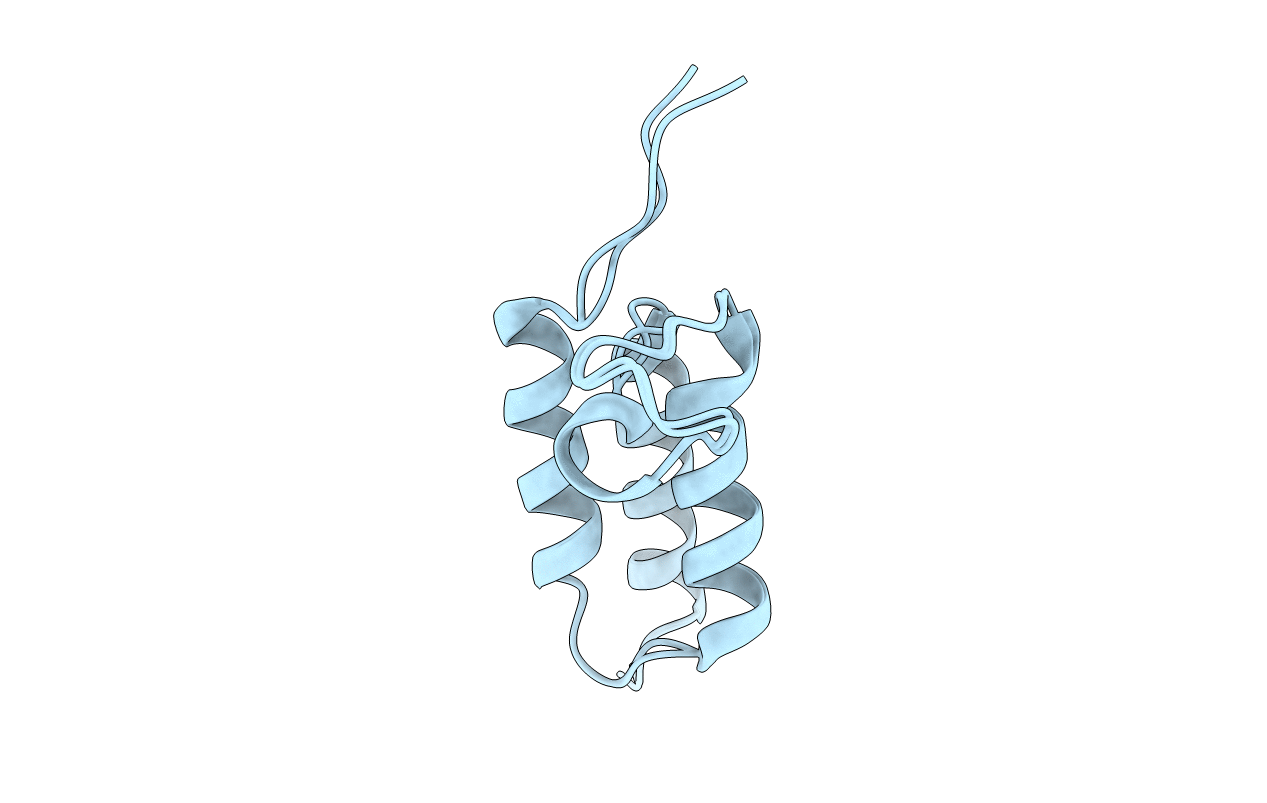
Deposition Date
2012-03-21
Release Date
2012-09-12
Last Version Date
2024-05-15
Entry Detail
PDB ID:
2LR2
Keywords:
Title:
Designed IgG and lanthanide binding probe for solution NMR, MRI and luminescence microscopy
Biological Source:
Source Organism:
artificial gene (Taxon ID: 32630)
Host Organism:
Method Details:
Experimental Method:
Conformers Calculated:
50
Conformers Submitted:
2
Selection Criteria:
structures with the lowest energy


